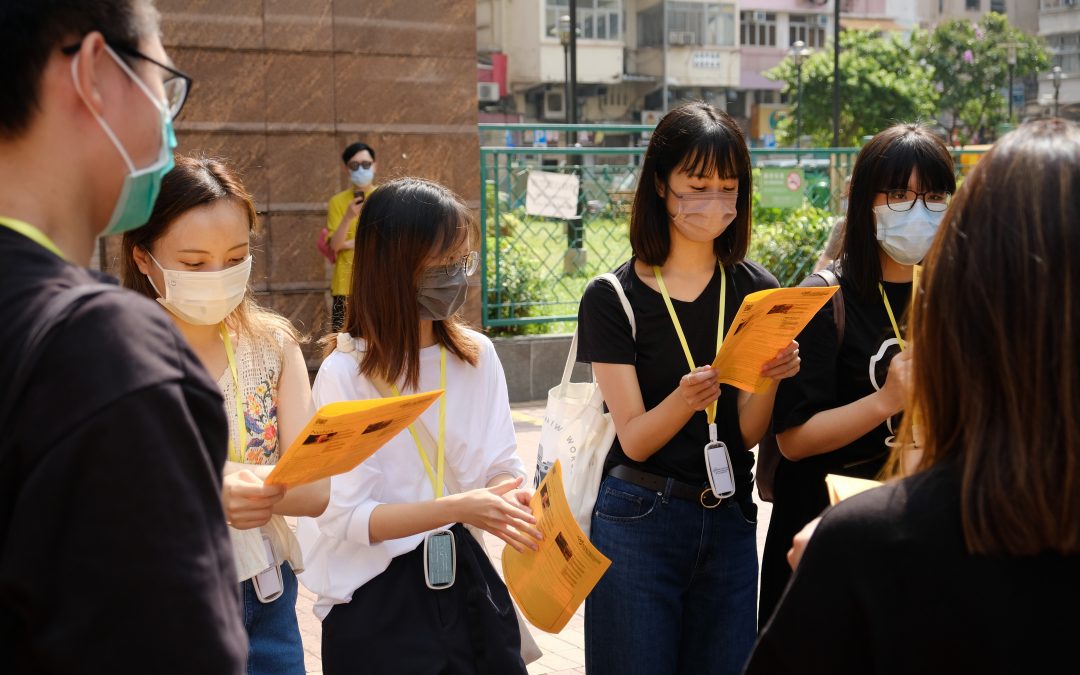Component 1 – Workshop 7
The journey of component 1 makes its final stop at Tai Kwun, the former Central Police Station of Hong Kong, to test and see their recently captured 3D scenes as augmented reality. With the help of Sketchfab, participants can take their 3D scenes captured by photogrammetry in the last workshop and augment them into the Tai Kwun space.
As the final exhibition for the first year of the Jockey Club Augmented Reality in Arts Education Project will take place in various spaces in Tai Kwun, the heritage site would serve as a site visit for the soon-to-be trainers as well as a space to see their efforts come to life.
While exploring the different corners of Tai Kwun, participants were prompted with many considerations when choosing a space to present their AR scenes. How can the environment help facilitate the narrative and/or concept of their AR scene? How would the space enhance the experience and engagement of audiences? How do the light, surrounding objects, and/or passersby affect the presentation of the AR scene?
Each group had an opportunity to present, share, and discuss their AR scene whilst reflecting over weeks of their hard work and learning coming into fruition. What a journey it has been.








